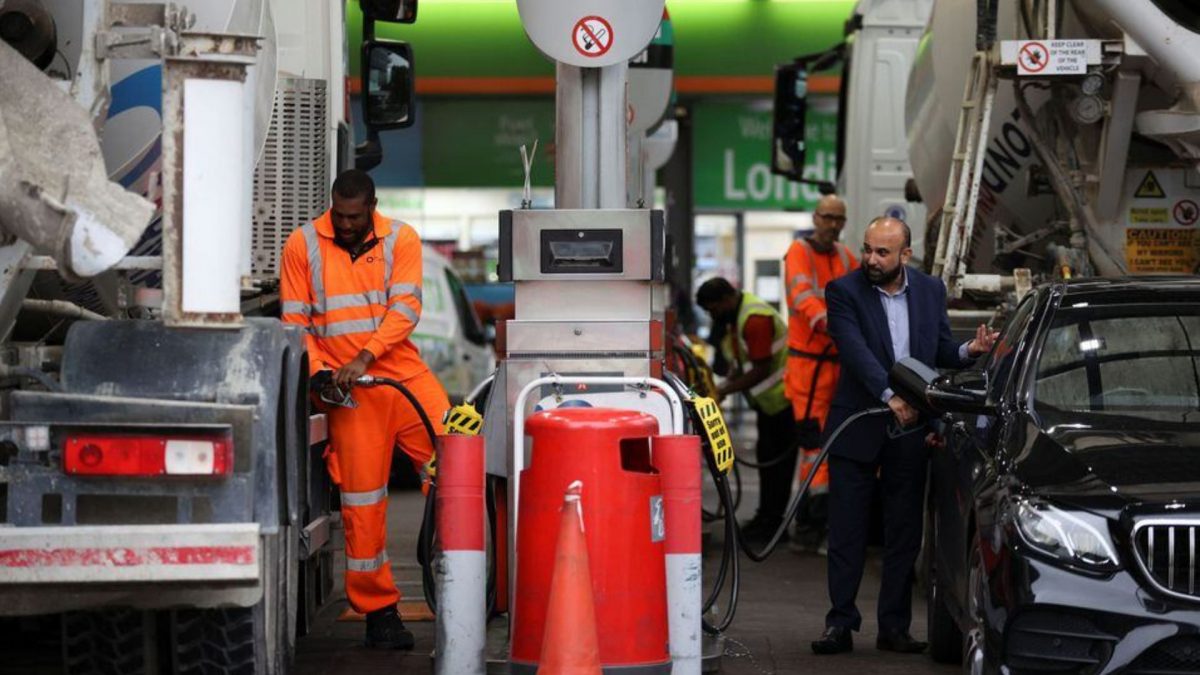Attacks by Iran-backed Houthis in the Red Sea are a burning hole in the pockets of vehicle owners in the United Kingdom. Fuel prices in Britain rose unexpectedly in the first three weeks of February 2024 with a litre of petrol costing £143.3, up £3.2.
Diesel became £4 dearer and was selling at £152.
RAC Limited, a British automotive services company headquartered in Walsall, said the rise in fuel price was “worrying” for motorists.
Why petrol & diesel prices are rising in UK?
One of the major reasons was said to be attacks by Houthis in the Red Sea, RAC said. Oil tankers are forced to avoid the Suez Canal and take a longer route, touring around South Africa’s Cape of Good Hope.
The closure of refineries for maintenance was also seen as a reason for the rise in fuel prices in Britain.
There was also a rise in demand for petrol and diesel in the UK as retailers were buying more fuel stocks ahead of the budget to protect against a possible fuel duty hike.
“While we’re not expecting prices to shoot up dramatically, it appears that oil is trading up, which in the absence of a stronger pound means wholesale fuel costs more for retailers to buy in. The result is higher prices at the pump and more expense for the everyday driver,” RAC fuel spokesperson, Simon Williams, said.
Impact Shorts
More ShortsRise after Respite
There was a relief for petrol car drivers in the UK till February start. The price was easing over the last three months and had fallen from £157 to below £140 in mid-January.
Also, it was the first time petrol prices fell below this figure since October 2021, when the energy crisis began to escalate. Fuel prices rose to record-high levels following Russia’s invasion of Ukraine in February 2022.
Meanwhile, the price of diesel had reduced by £15, from £163p in early October to below £148 in late January. It was cheaper most of last summer.


)

)
)
)
)
)
)
)
)



